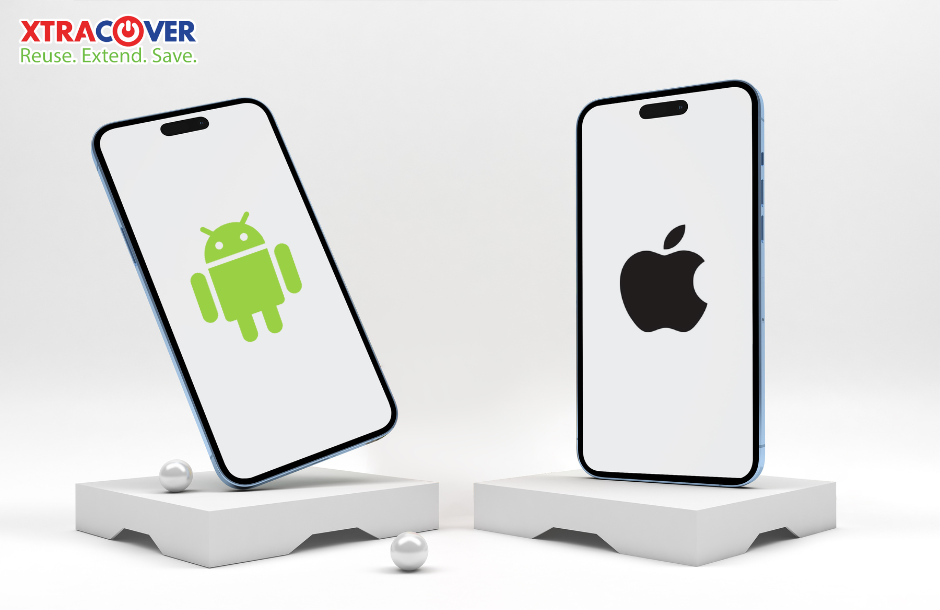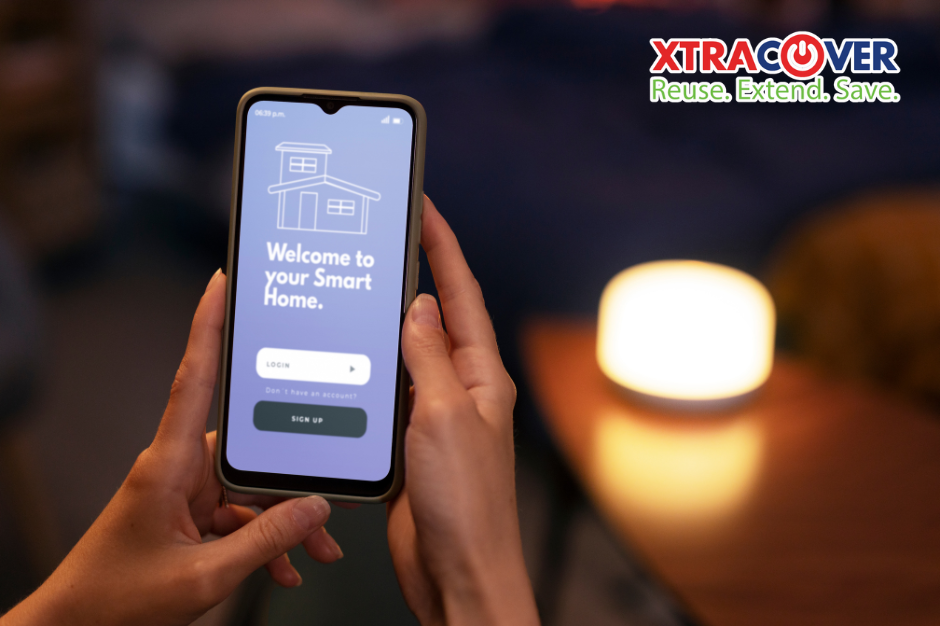In today’s rapidly evolving digital landscape, the decision to sell iPhone online or offline can be accompanied by the daunting choice of where to sell it. The clash between the convenience of online shopping and the familiarity of traditional retail has sparked a fierce debate among sellers and owners alike. Each selling avenue offers unique advantages and caters to different needs, making it essential for sellers to understand the key differences between the two platforms.
This comprehensive guide aims to shed light on the top distinctions between selling an iPhone online and offline, providing sellers and owners with valuable insights to make an informed choice. We will explore factors such as business size, budget, profit margins, and return on investment, which play a pivotal role in determining the most suitable selling approach.
So, let’s delve into the dynamic world of digital commerce and traditional retail and discover the best destination for selling your iPhone.
Online Selling: Embracing the Digital Revolution
The introduction of e-commerce has revolutionized the way we buy and sell goods, and of course, smartphones are no exception. Selling your iPhone online offers a host of advantages, making it an attractive choice for sellers of all sizes.
a) Extensive Reach: Online platforms provide access to a vast global audience, enabling sellers to reach potential buyers far beyond their local market. This extensive reach increases the chances of finding the right buyer for your iPhone.
b) Convenience and Speed: Online selling allows for swift transactions and eliminates the need for physical storefronts. With just a few clicks, you can navigate sellers list your phone for resale at the best price and connect with interested buyers instantly.
c) Lower Overheads: Setting up an online store or listing on e-commerce platforms generally incurs lower overhead costs compared to maintaining a physical retail location. This cost-effectiveness allows sellers to optimize profit margins.
d) Diverse Selling Options: Online platforms offer various selling options, including direct selling, auctions, and trade-ins, providing flexibility to sellers based on their preferences and urgency.
e) Customer Reviews and Ratings: Positive customer reviews and ratings can build trust and credibility for the seller, Influencing potential buyers to choose their offerings.
- Offline Selling: Traditional Charm and Personal Touch
Traditional retail has been the backbone of commerce for generations, and offline selling still holds its ground as a viable option for iPhone sellers.
a) Personal Interaction: Selling iPhones offline allows for face-to-face interactions with potential buyers, allowing sellers to address questions, and concerns, and showcase the device in person.
b) Instant Gratification: Buyers who prefer immediate possession of the iPhone may find offline purchasing more appealing, as they can walk away with the device the same day.
c) Niche Markets: Offline retail stores can cater to specific niche markets, providing a physical space for sellers to target specialized audiences seeking specific iPhone models or features.
d) Local Reputation: Building a strong local reputation can result in loyal customers who prefer to buy iPhones from trusted and familiar retailers in their community.
e) Real-time Negotiations: Offline selling allows for real-time negotiations, giving sellers more flexibility to adjust prices and close deals efficiently.
Conclusion:
In the dynamic world of commerce, selling an iPhone presents sellers with the crucial decision of choosing between online and offline marketplaces. Each avenue offers distinct advantages, catering to diverse seller needs, business sizes, and target audiences. For those seeking global reach, convenience, and lower overheads, online selling is the go-to option. On the other hand, traditional charm, personal interactions, and niche market appeal make offline selling an appealing choice.
Ultimately, the bestselling approach will depend on the seller’s unique circumstances, preferences, and desired outcomes. Armed with insights into the differences between online and offline selling, sellers can confidently navigate the ever-changing landscape of iPhone commerce and make a well-informed choice that aligns with their business goals.
As the digital and traditional retail spheres continue to coexist, sellers can leverage the best of both worlds to optimize their iPhone selling experiences, maximizing profits and customer satisfaction along the way.
So, whether you choose to embrace the digital revolution or uphold the charm of traditional retail, the key to successful iPhone selling lies in understanding your market, audience, and desired outcomes.









